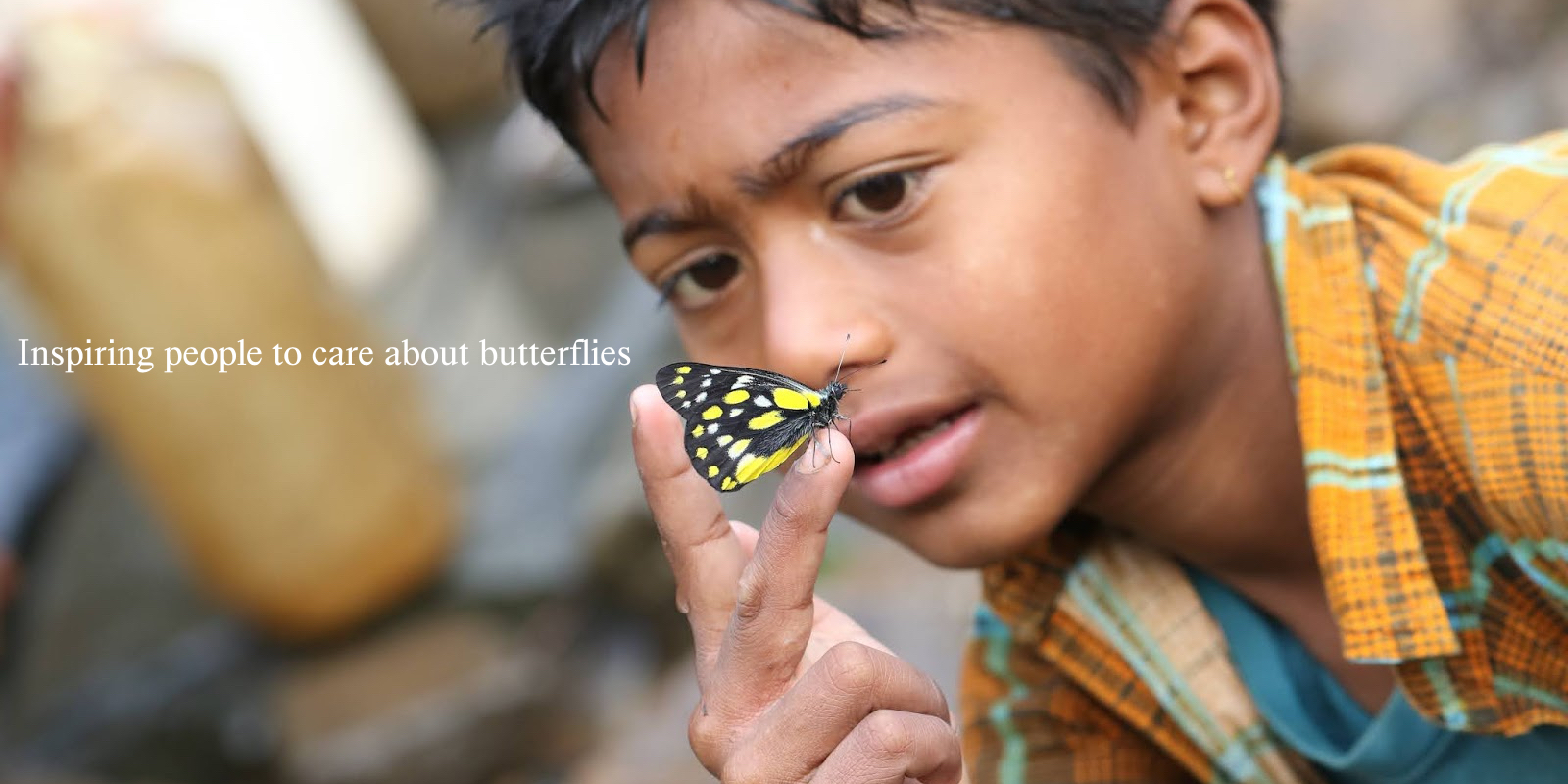Oasis State Park, October, 2022

The first weekend of October, Anisha and I decided to visit the Oasis State Park for the second time. Around 15-minute drive from the university, the first time we went there, we were on our bikes. A 1.5-hour tiring cycling to and another 2-hour pedaling back battling against the wind. Back to the apartment, we were so zonked out that we committed never to cycle again that far. And we did not. This time we went in our car which, sadly, was still troubling us. The day was slightly windy albeit sunny. Once we were there, we were stuck for around 30 minutes not knowing how to pay for a day trip in the park. The fee was a meager $5 but there was no payment slip or anything. Not to mention nobody around whom we could ask. It was at the end I came across an online link on a board there from which I could make an online payment.
Inside the park, the wind would blow stronger but because of the sun, we could see plenty of butterflies although the very common ones. The most abundant was Western Pygmy Blue - Brephidium exilis, just as they were on-campus. This smallest species of butterfly in North America feeds on different species of halophytes such as Atriplex canescens, Kali tragus and Chinopodium album. Another common sighting was Pyrgus communis - Checkered Skipper, Nathalis iole - Dainty Sulphur and Pontia protodice - Checkered White. Especially the Checkered Whites of which we would find three or four individuals in a single bush of flower.


.
Anisha and I separate at one point, and I find a Plebejus melissa - Melissa Blue, but since we both have seen it before, I do not bother to call her. However, this is much less common than any other species we would see today.

An Oarisma aurantiaca - Orange Skipperling is sipping from a flower and as I walk further along the trail, I see flowers covered with Echinargus isola - Reakirt’s Blues, Western Pygmy Blues, Nathalis iole - Dainty Sulphurs and bees. One or two Abaeis nicippe - Sleepy Oranges were flying along the wind and probably some other Sulfurs too. Anisha and I shortly reunite and walk toward the white sands. Interestingly, Helianthus there are covered with three to four species of larvae which we cannot identify. We though suppose that they belong to some Nymphalinae. Perhaps some Fritillary of Checkerspot/Crescent. However, we do not find any adults. We do see some Variegated Fritillaries but they have a different larva. Perhaps we can see some adults after two or three weeks.


.
Anisha and I were actually looking forward to finding some Chlosyne gorgone - Gorgone Checkerspot which Cary (2009) claimed “rule” in September in the park. We did not see any, however. Well, technically we were there in October and there could have been some shift in their abundance. We do check their larvae online but find that what we found were different although they were feeding on same host plant as Gorgon Checkerspot. We were also looking forward to find some Eurema lisa - Little Yellows but could find none.


Around the lake and even on the lake sitting on the branches were tens of what I think were Enallagma civile - Familiar Bluets along with some other saddleback dragonflies. For a time, we hang around by the lake admiring the odonates. After about two hours, we were heading back to Portales where more butterflies would be waiting for us.


























Comments
Post a Comment